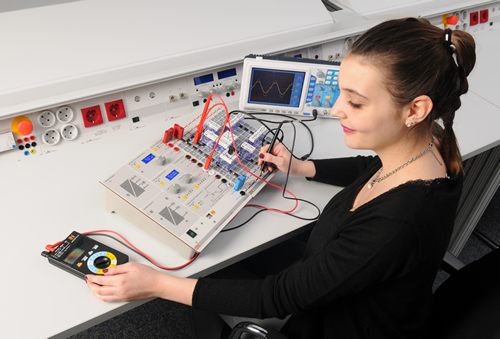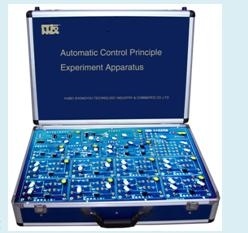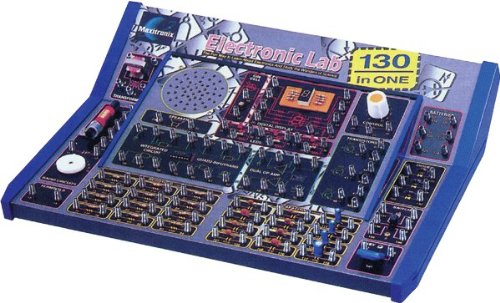Innovative Building Blocks Safely Introduce Electronics
Experiment with electronic circuits safely and easily using this innovative component system. Brightly colored and uniquely shaped building blocks make it easy to construct functional circuits. The full-color manual includes 70 circuit building experiments with easy-to-follow diagrams.
The included alternating blinker, light detector, sirens, conductivity tester and more make the experience multisensory, memorable and fun. With the innovative snap-together blocks in the ElectronX building system, children eight and up can safely and easily begin experimenting with electronic circuits.
The blocks are brightly colored and have unique shapes, it is easy to follow the assembly diagrams to construct functional circuits. And because the circuit symbols are printed directly onto the blocks, you can quickly become familiar with the symbols and learn how to read circuit diagrams.
Includes capacitors, resistors, transistors, LEDs, phototransistor, switch, 30 contact blocks, cable blocks, battery holder, speaker, sound integrated circuit and manual. Experiments will also incorporate regular house hold items that you provide like paper clips, table salt, teaspoon, etc.
Recommended for ages 8+.
WARNING!; This set contains chemicals and parts that may be harmful if misused. Read cautions on individual containers and in manual carefully. Not to be used by children except under adult supervision.
Experiment with electronic circuits safely and easily using this innovative component system. Brightly colored and uniquely shaped building blocks make it easy to construct functional circuits. The full-color manual includes 70 circuit building experiments with easy-to-follow diagrams.
The included alternating blinker, light detector, sirens, conductivity tester and more make the experience multisensory, memorable and fun. With the innovative snap-together blocks in the ElectronX building system, children eight and up can safely and easily begin experimenting with electronic circuits.
The blocks are brightly colored and have unique shapes, it is easy to follow the assembly diagrams to construct functional circuits. And because the circuit symbols are printed directly onto the blocks, you can quickly become familiar with the symbols and learn how to read circuit diagrams.
Includes capacitors, resistors, transistors, LEDs, phototransistor, switch, 30 contact blocks, cable blocks, battery holder, speaker, sound integrated circuit and manual. Experiments will also incorporate regular house hold items that you provide like paper clips, table salt, teaspoon, etc.
Recommended for ages 8+.
WARNING!; This set contains chemicals and parts that may be harmful if misused. Read cautions on individual containers and in manual carefully. Not to be used by children except under adult supervision.
Click here!




















-AE354.jpg)









